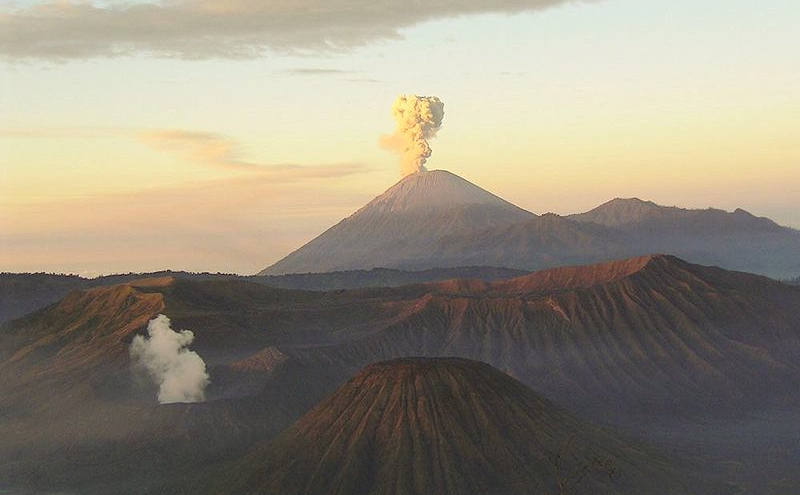The country with fastest growing consumer market after China and India


China and India are well known growth markets.
But for all the talk about them being the world's two fastest growing consumer economies, don't lose sight of other promising geographies, especially if you're keen on international sales.
If you'd like to know which nation is number three, then McKinsey will tell you: Indonesia.
Consumers in the world's fourth most populous country will spend an additional $1 trillion a year by 2030, the consulting giant says.
"Some 90 million Indonesians will join the consumer class by 2030 - more than in any emerging nation save China and India," writes McKinsey writes on its website. "Already, Indonesia's consumer spending, at 61 percent of GDP (2010), is closer to levels in developed economies than to the corresponding figures for neighboring, largely export-driven nations such as Malaysia and Thailand."
With nearly 240 million inhabitants spread across 17,500 islands, "tastes and preferences vary," McKinsey notes in the article, entitled Understanding the diversity of Indonesia's consumers.
The authors provide some advice on how to navigate the differences. Some of their wisdom seems predictable, but it's worth bearing in mind. Some highlights:
- Digital technology will grow significantly from a low rate today in which only 5 percent of consumers use the Web for pre-purchase decisions, compared to 28 percent in China.
- Indonesians prefer local brands. They're not always aware of what's local, as many considered Nestle's Kit Kat chocolate bar to be Indonesian. It helps to appear local, as Honda's motorcycle subsidiary did with its satu hari ("one heart" in Bahasa Indonesian) campaign.
- Comparing behavior between two big cities on the island of Java, McKinsey found that buyers in Surabaya care more about brand and image than do those in Jakarta.
- In addition to those two cities, Indonesia has six clusters of rapidly growing smaller cities.
- Mom-and-pop stores still predominate, but modern retailing infrastructure and shopping malls are evolving, although this is fragmented.
Here's how McKinsey sees the Indonesian consumer market shaping up:
Images: Volcanoes from Wikimedia; Map from CIA via Wikimedia; Chart from McKinsey.
This post was originally published on Smartplanet.com
